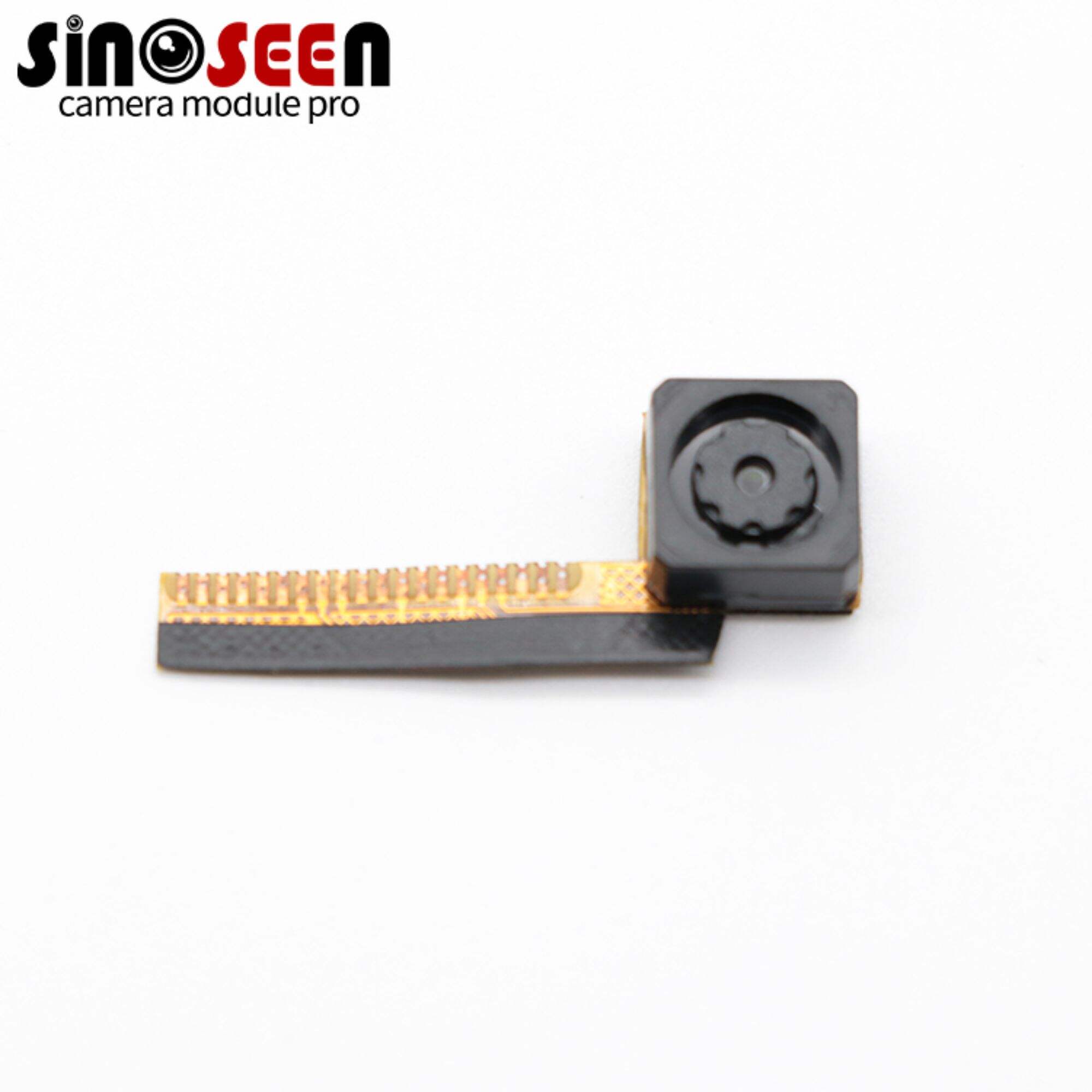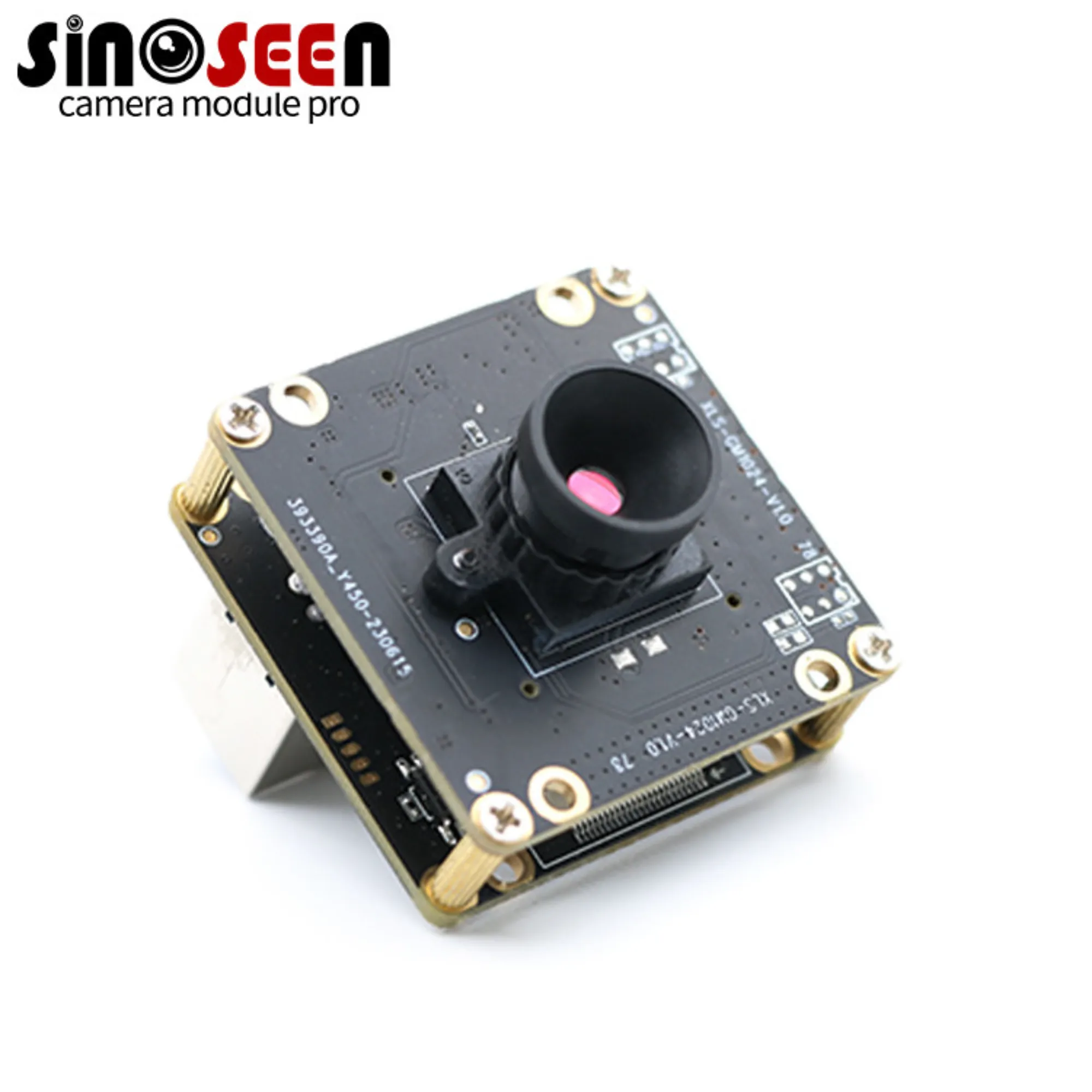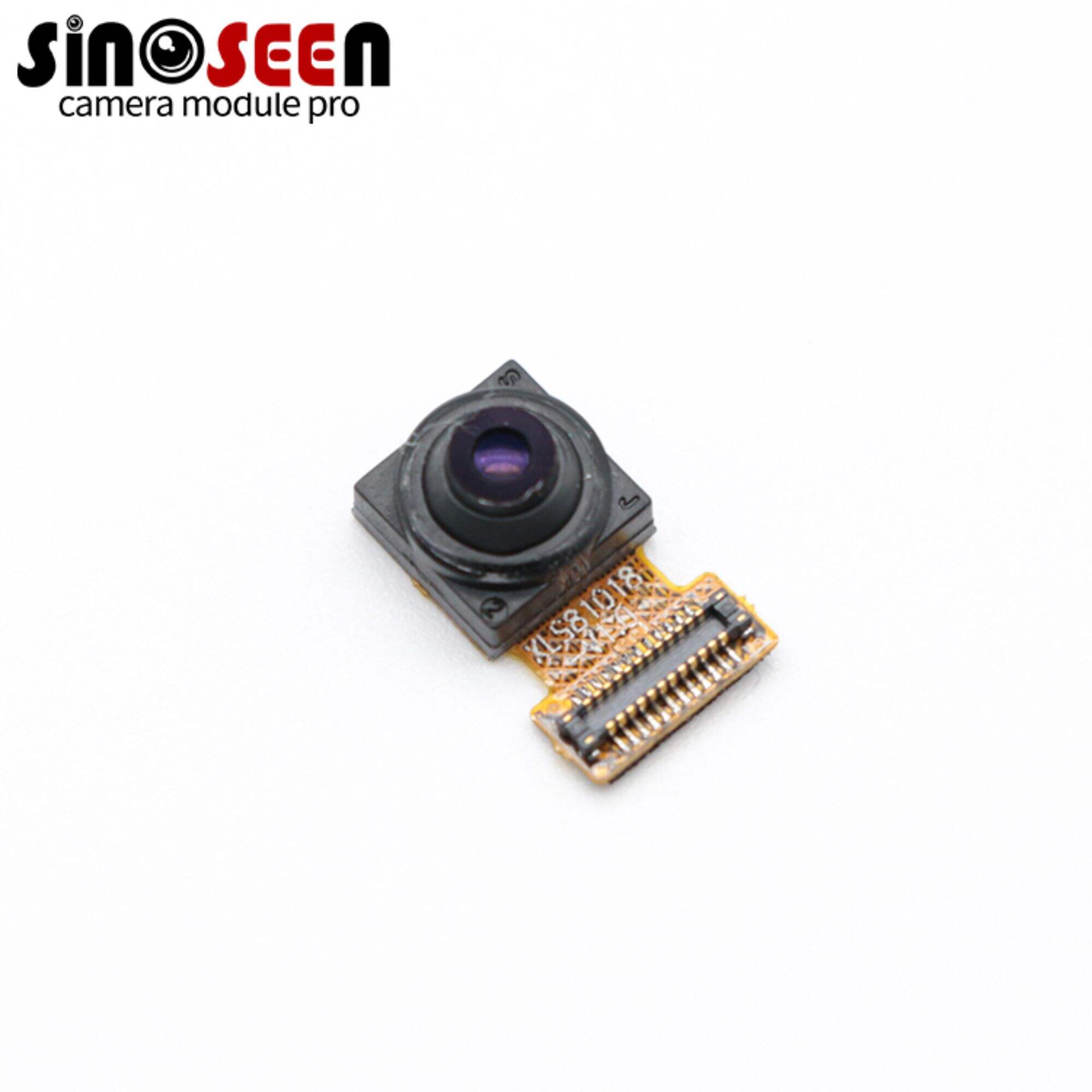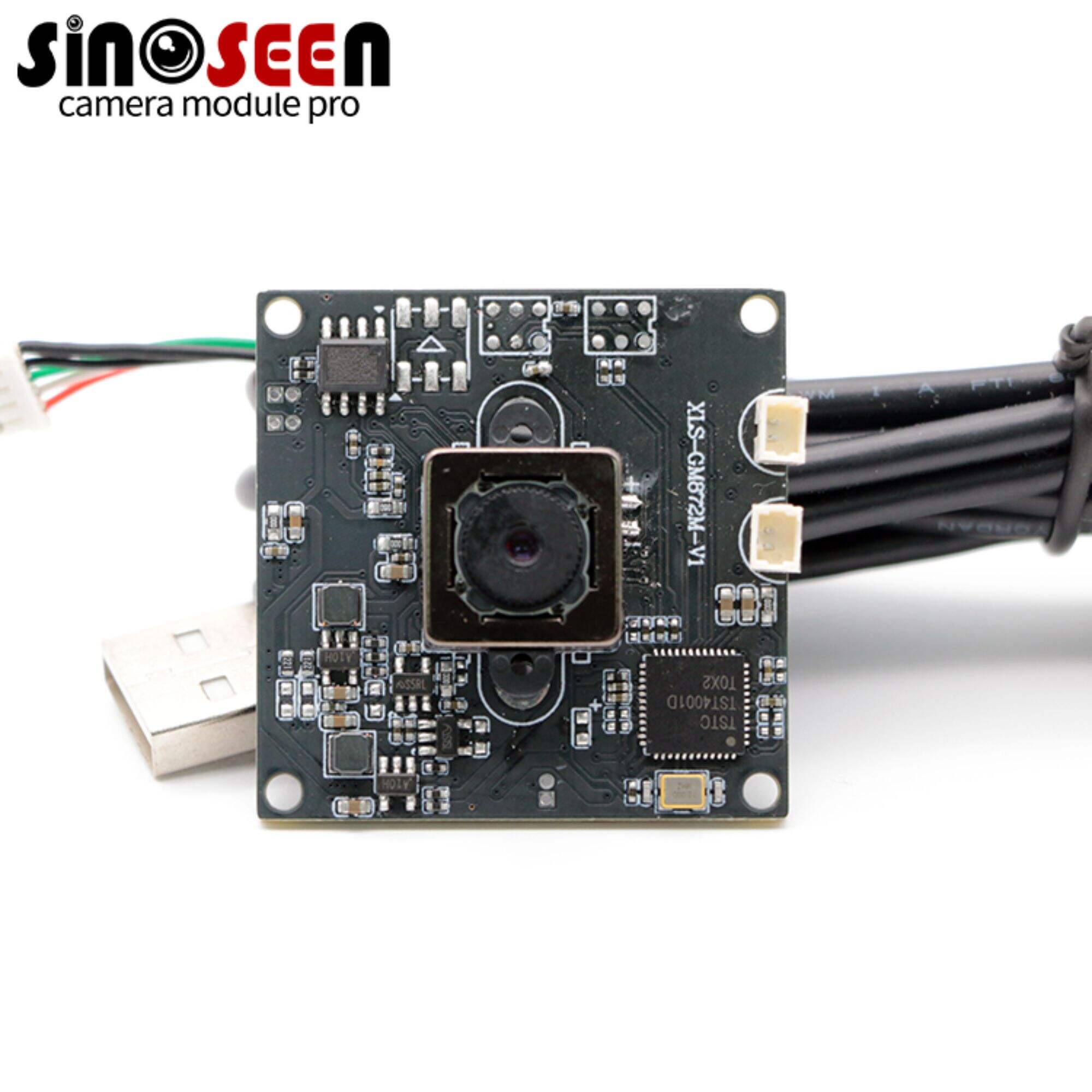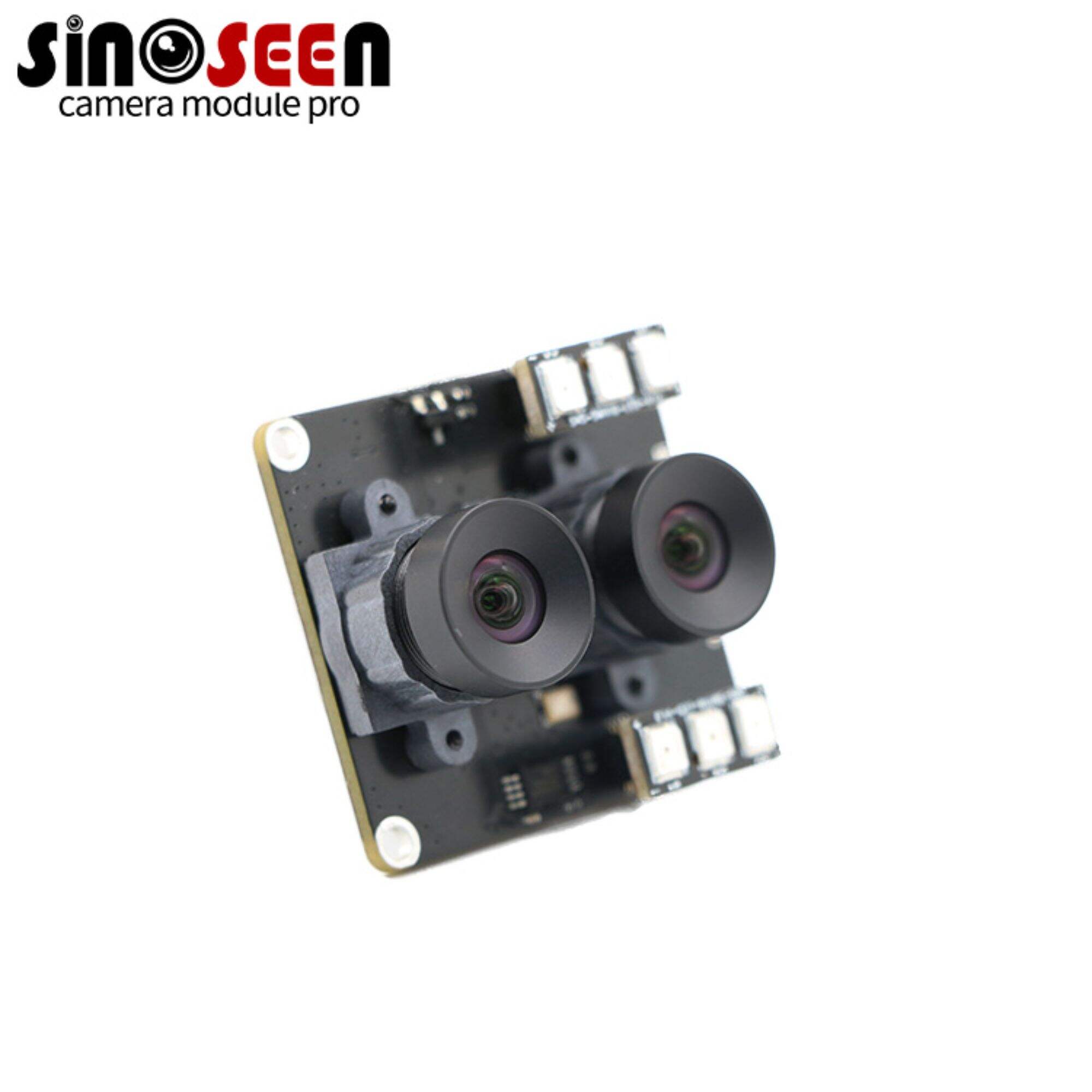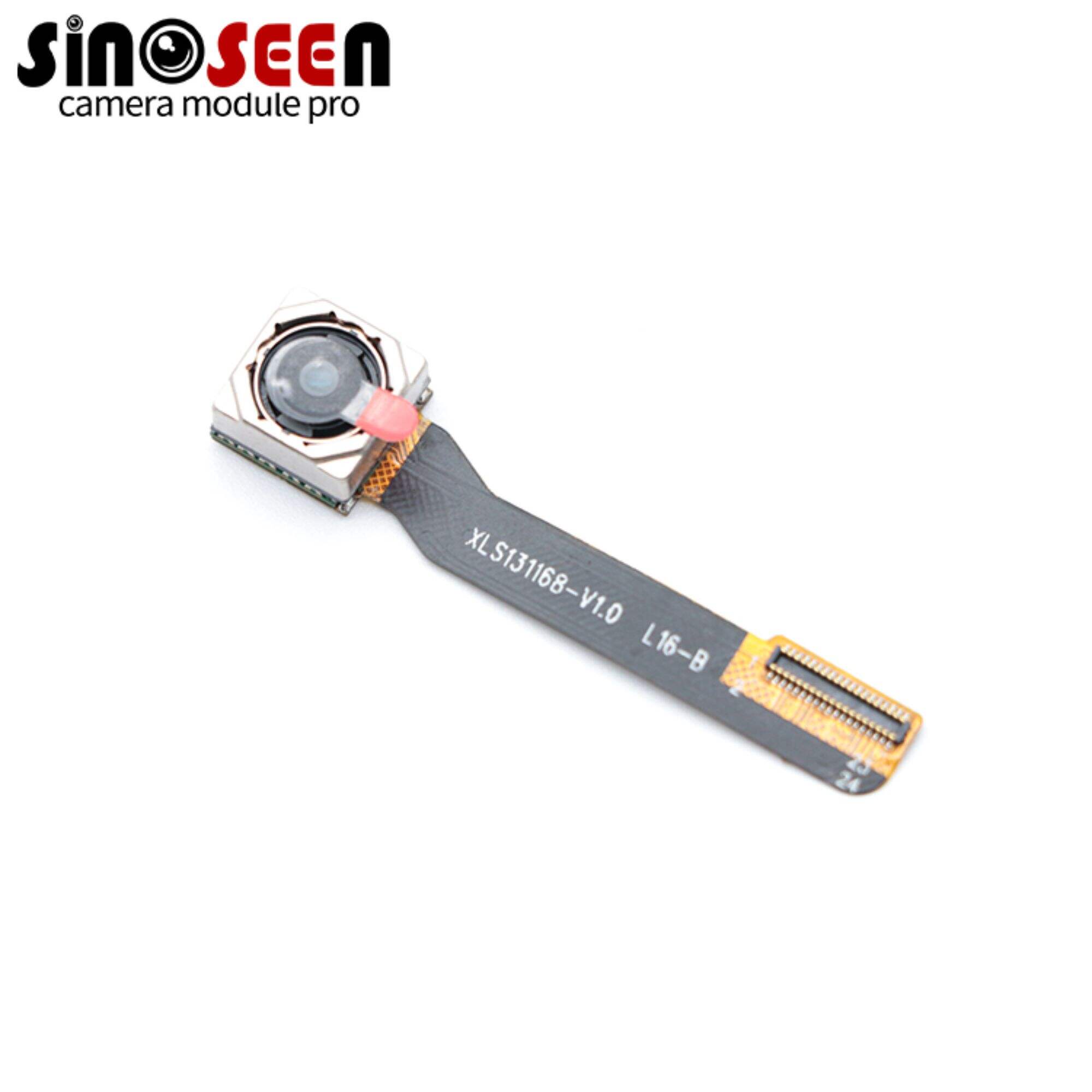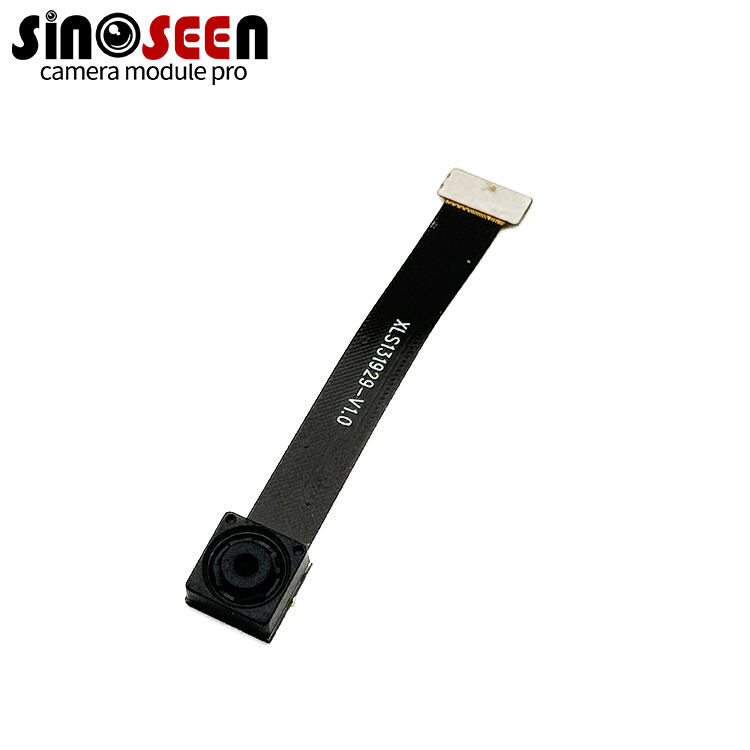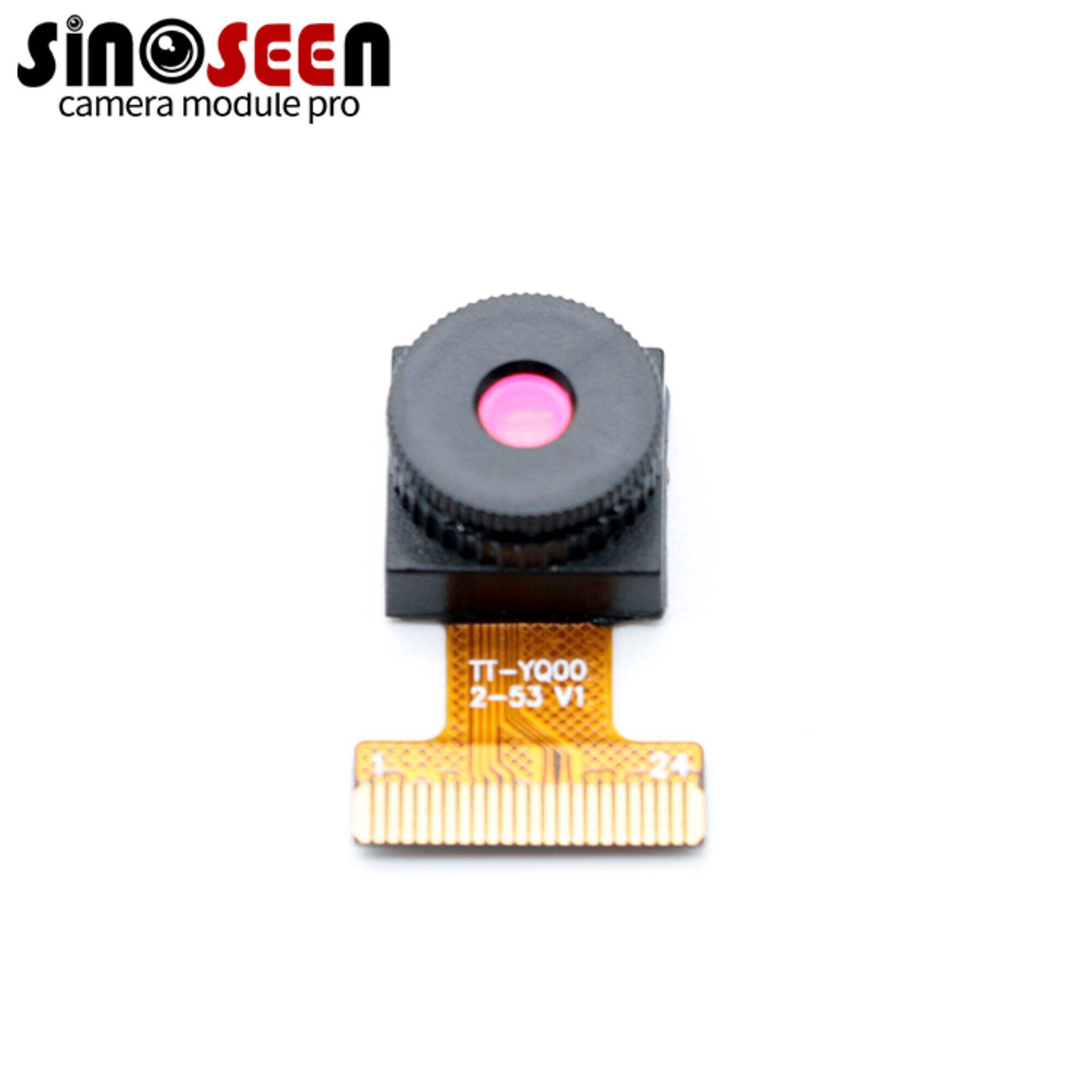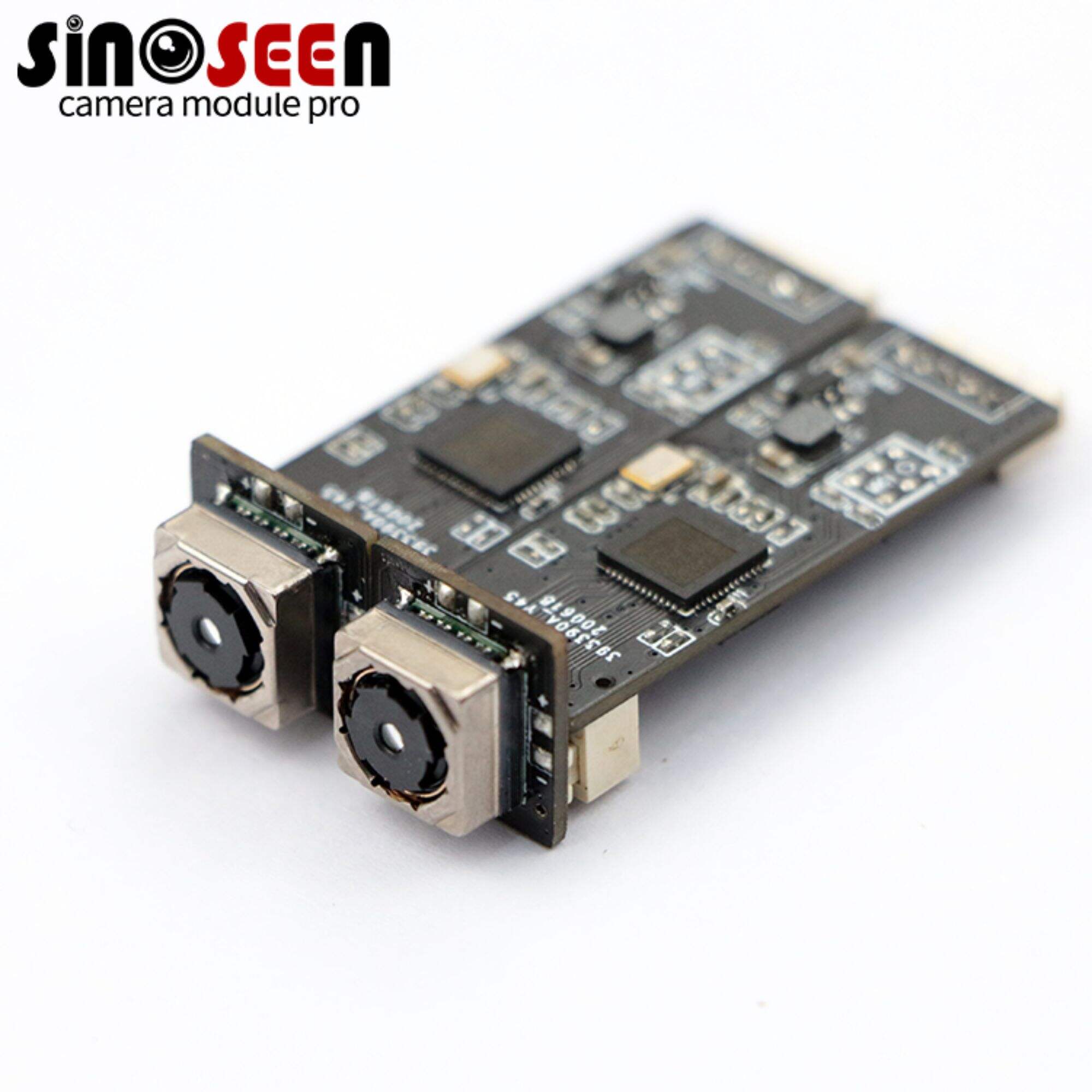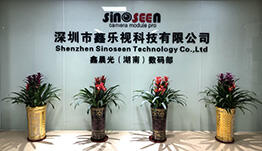Key Factors to Choosing a Ideal Embedded Camera for Your Embedded Vision Systems
Introduction
Embedded vision is a growing field that uses camera systems integrated into devices for inspection, guidance, and automation applications. But with various camera options, how do you choose the best one for your embedded vision system? Several factors need consideration.
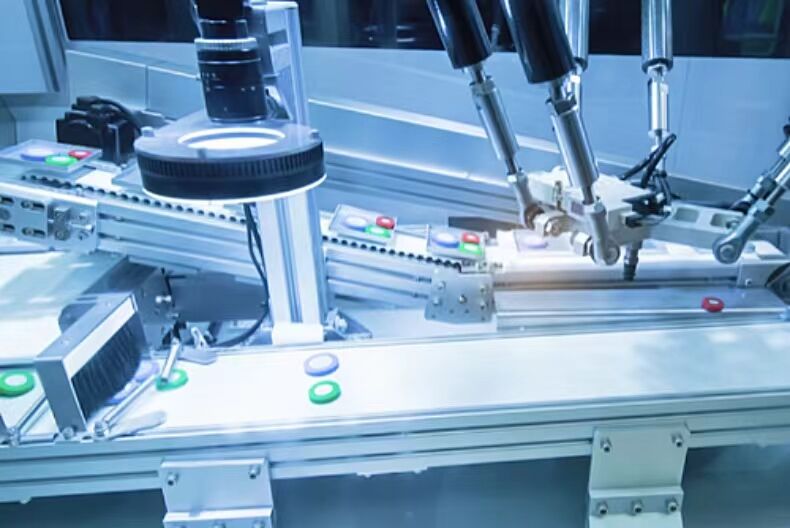
Resolution
The resolution of the camera determines the level of detail captured in the images. Higher resolutions are beneficial for applications that require precise measurements or detailed analysis.Higher resolution like 5MP or 8MP allows viewing fine details but increases file sizes and processing needs. Consider your required level of detail. VGA may suffice for some cases.
Sensor Type
The camera's image sensor is the main element and the most important component which defines the image quality.
The image sensors come in a few varieties, including CCD (Charge-Coupled Device) and CMOS (Complementary Metal-Oxide-Semiconductor). CMOS sensors are widely preferred for the embedded vision systems because they consume less power, can read information faster and quicker integrate with other system elements.
CMOS sensors are common, offering good image quality at low cost. CCD sensors produce superior image quality and low noise but cost more. Choose based on your image quality and budget needs.
Lens Type
The lens of the camera is a critical component in the overall quality of capture,it influences the field of view, the depth of field and, therefore, the quality of the images. Note that the camera must be able to be fitted with changeable lenses or have the suitable lens mount for the purpose you intend to use it for. This eases you the task to choose a lens which suits you in particular sphere, let`s say, wide-angle to shoot wide objects of view or telephoto for zooming up distant objects.
Fixed focal length lenses suffice in many cases. Consider your required field of view and distance to the object.
Frame Rate
Frame rate designates the number of shots that are presented during one second. It is necessary for applications that will be used in cases with very fast object movement or during real-time monitoring. Make sure that the camera is capable of offering the adequate frame rate for the vivid level of the detail that does not show any motion obscuring.
Interface
The camera interface determines how the camera connects to the embedded vision system. Common interfaces include USB, Ethernet, MIPI CSI, and GigE Vision. Consider the compatibility and bandwidth requirements of your system when selecting the interface. Also, ensure that the camera's interface is supported by your chosen hardware and software platforms.
Software and SDK Support
Check out if the imaging limitations (FOV, resolution, frame rate etc) of the camera match the vision you have for the application. Some camera manufacturers provide integrated libraries and SDKs. Such tools can be very helpful in not only the integration but also the creation of solutions of complex problems that originated during the use of the camera.
Image Quality
Check parameters like shutter speed, gain, white balance to ensure the camera can deliver clear, properly exposed images in your lighting conditions. Test cameras if possible.
Environmental Considerations
Depending on your application, you may need a camera that can withstand harsh environmental conditions such as extreme temperatures, humidity, or vibrations. Look for cameras with appropriate IP (Ingress Protection) ratings or ruggedized enclosures to ensure reliable operation in challenging environments.
Support for GigE Vision, USB3 Vision etc.Compatibility with common machine vision standards ensures support from software/libraries and future-proofs your system.
Cost
Regardless you have money or not, the price is inevitably the side to know about. Do the study of the qualities, specifications, and pricing of the various cameras in order to come up with a camera that delivers the best performance and economy price.
By understanding your specific embedded vision application needs, you can shortlist cameras best equipped to deliver quality images within your constraints. This leads to optimal machine vision solutions.
If you are looking for the right Embedded vision camera module solution, look here!

 EN
EN
 AR
AR
 DA
DA
 NL
NL
 FI
FI
 FR
FR
 DE
DE
 EL
EL
 HI
HI
 IT
IT
 JA
JA
 KO
KO
 NO
NO
 PL
PL
 PT
PT
 RO
RO
 RU
RU
 ES
ES
 SV
SV
 TL
TL
 IW
IW
 ID
ID
 SR
SR
 VI
VI
 HU
HU
 TH
TH
 TR
TR
 FA
FA
 MS
MS
 IS
IS
 AZ
AZ
 UR
UR
 BN
BN
 HA
HA
 LO
LO
 MR
MR
 MN
MN
 PA
PA
 MY
MY
 SD
SD

